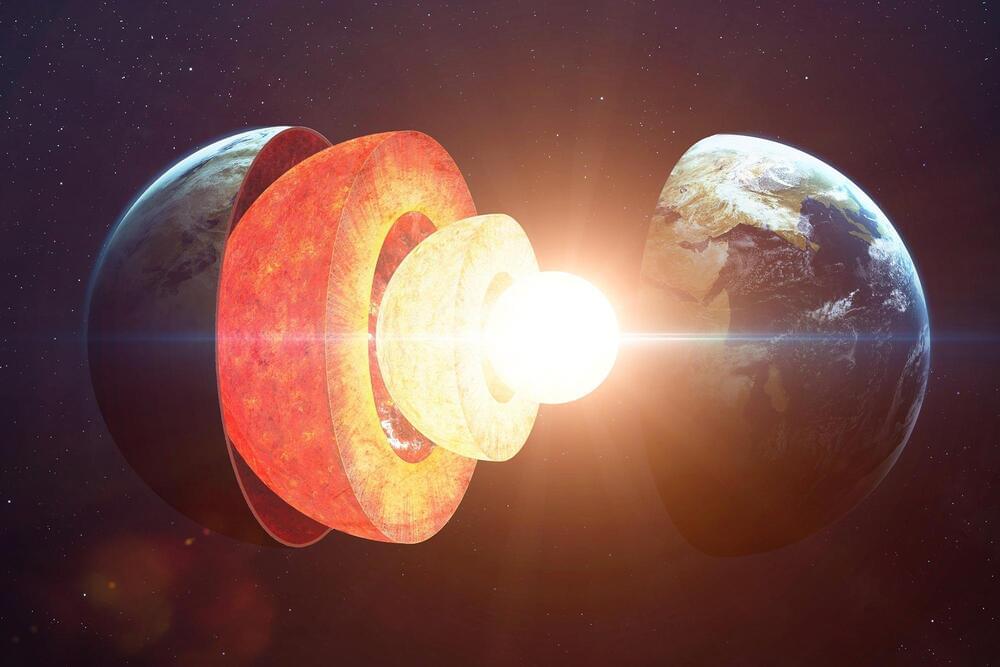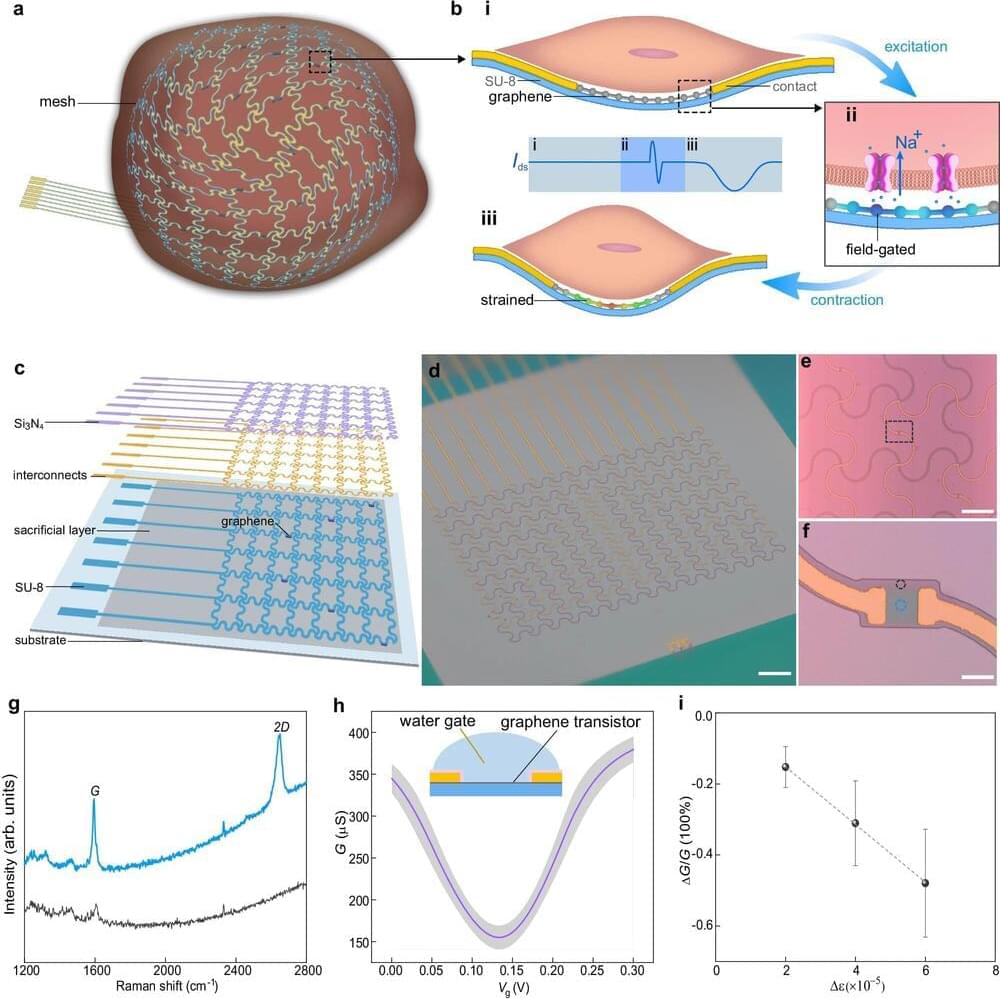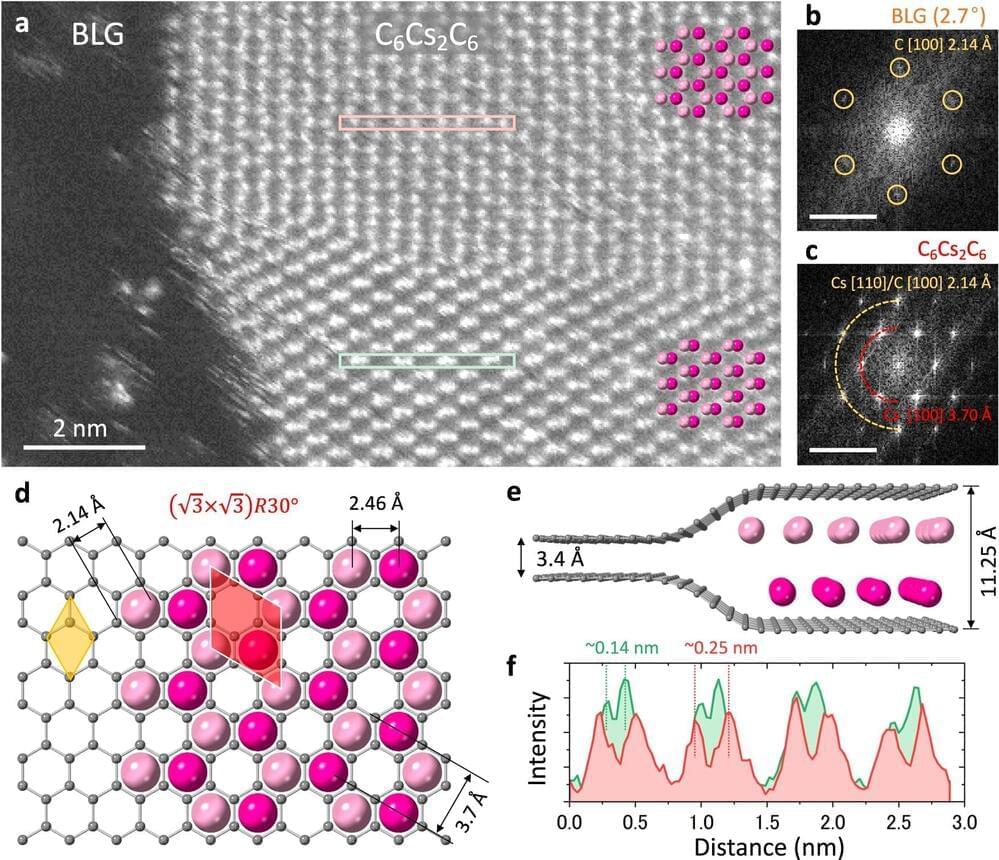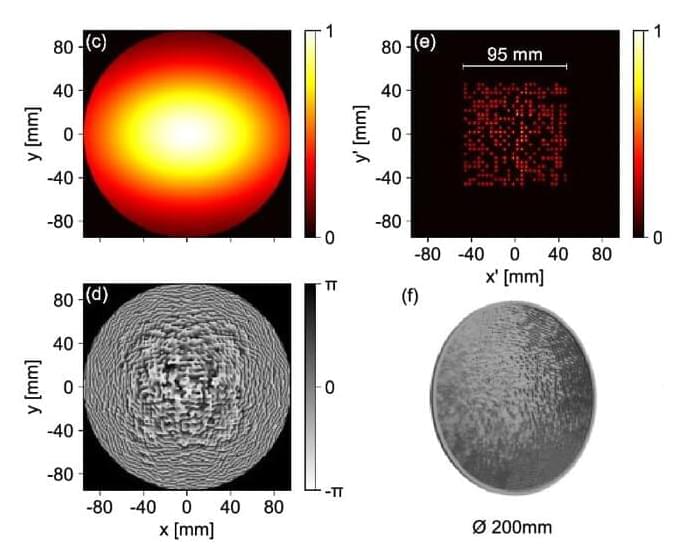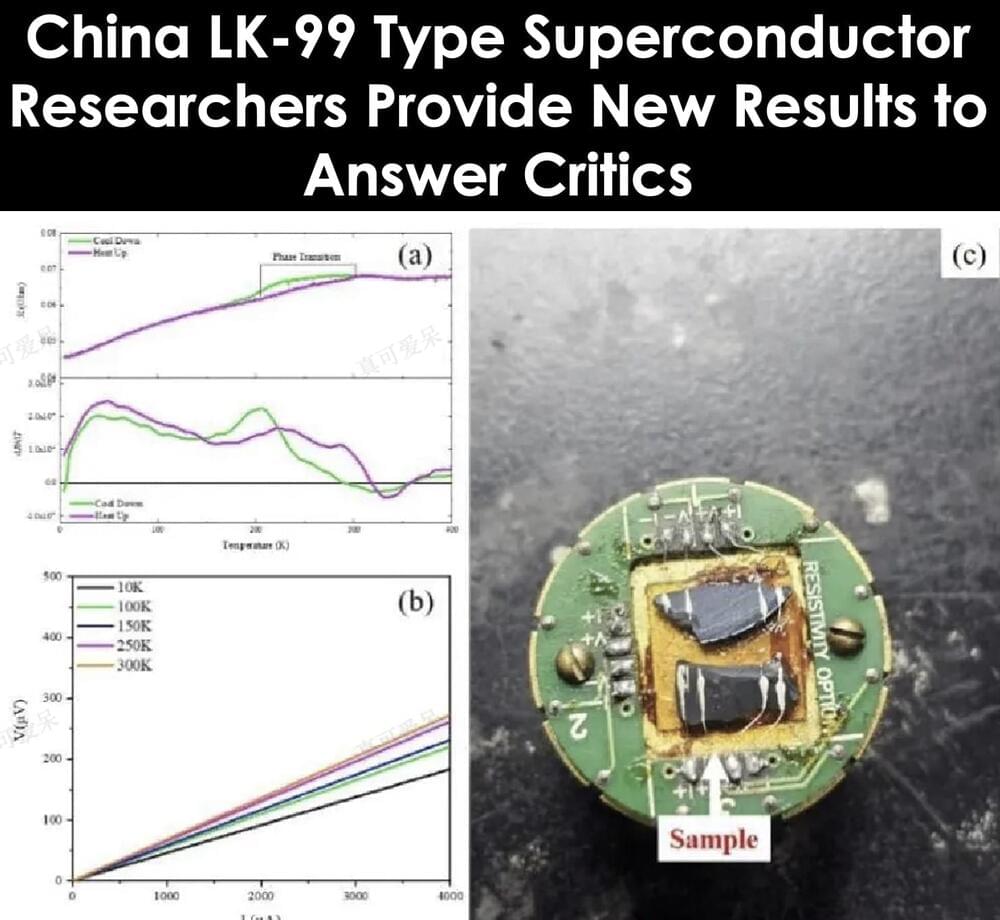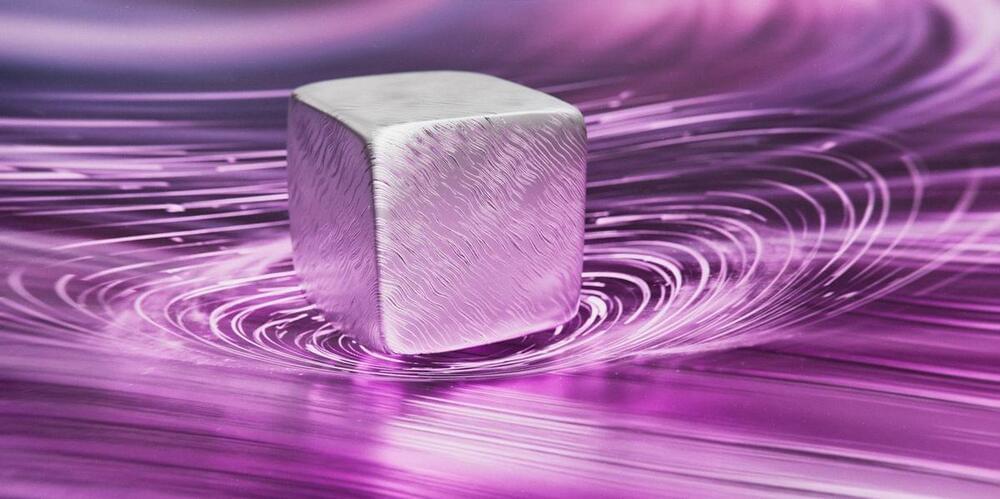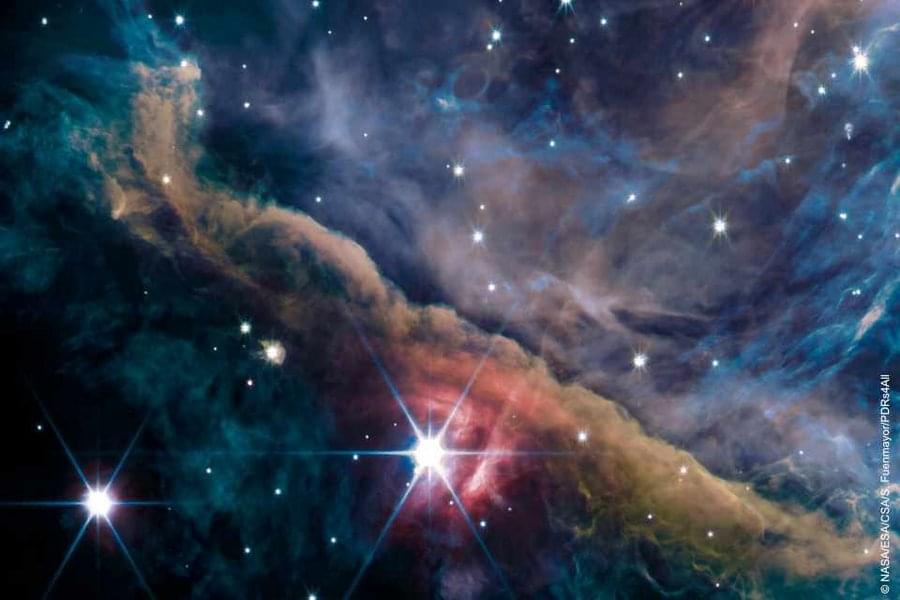Mar 22, 2024
Earth’s Deep Secrets: Breakthrough Study Discovers Ancient Mantle Flow Beneath Philippine Sea Plate
Posted by Saúl Morales Rodriguéz in categories: evolution, materials
Scientists from China and Japan have identified unique features of the flow field in the lower mantle. Through their study of seismic anisotropy in the upper section of the lower mantle beneath the Philippine Sea Plate, they discovered that the ancient lower mantle flow field is still preserved there.
The study was published in Nature Geoscience.
The lower mantle is an important layer of the Earth and may play an important role in the evolution and material cycling of Earth’s interior. It is generally believed to be not only the final destination of subducted slabs, but also the birthplace of mantle plumes, which are two major styles in the evolution and material cycling of the Earth’s surface and interior. However, our knowledge of the characteristics of the flow field and geodynamics of the lower mantle is still deficient.
